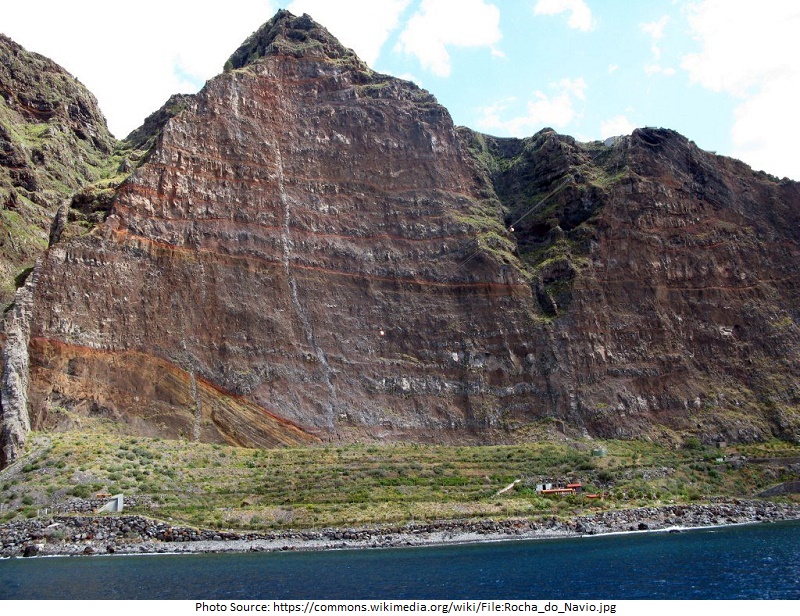25 Best Tourist Attractions to Visit in Northwest Territories
Here is a list of the 25 Best Tourist Attractions in Northwest Territories
1. Nahanni National Park
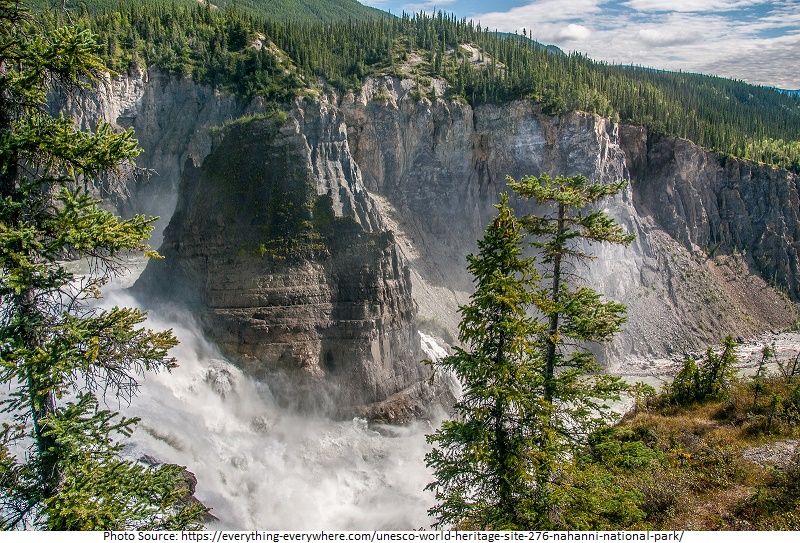
The faraway Nahanni National Park Reserve is one of the best tourist attractions in Northwest Territories. The furious Nahanni River runs through the breathtaking canyon landscape of the Mackenzie Mountains, testing skilled canoeists. The South Nahanni River also falls over the 90-meter height of Virginia Falls, forming one of the most attractive waterfalls in Canada. Warm Springs, which provide life to an affluent landscape of uncommon plants, is another draw in this huge national park.
2. Norman Wells Historical Center
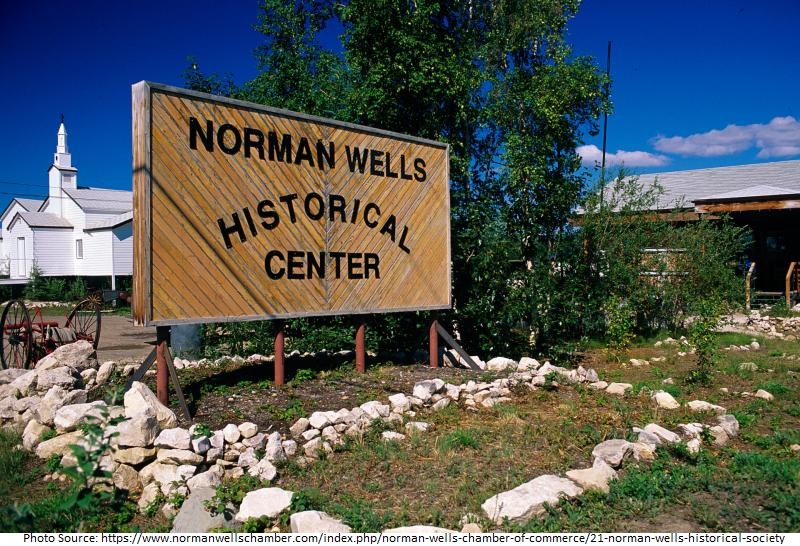
The Norman Wells Historical Centre is twenty minutes drive from McKinnon Territorial Park. The center provides complete details about the history of the region and the present day state of the CANOL Trail, incorporating shipping and transportation on the Mackenzie River. Relics and picture delineate Dene history.
3. Church of Our Lady of Good Hope, Fort Good Hope
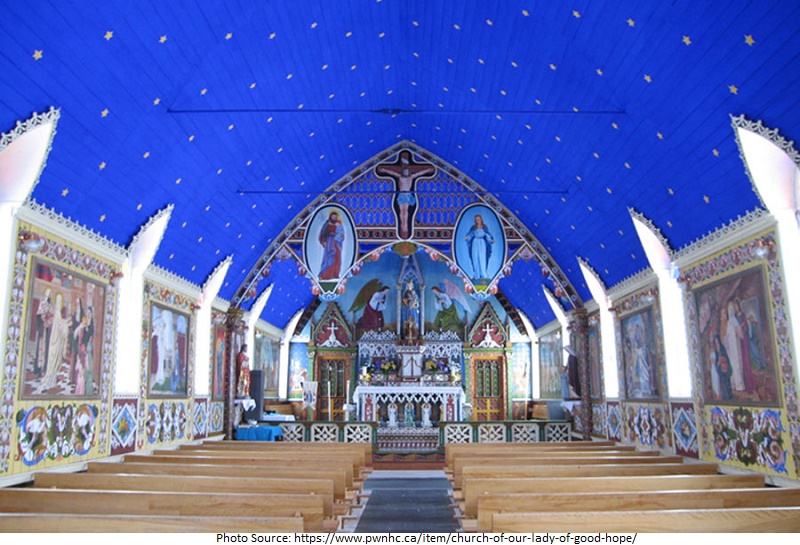
The Church of Our Lady of Good Hope in Fort Hope is a national historic spot that was established in the mid-1880s. It is one of the most ancient lasting edifices of this kind with much of the inner adornment planned and materialized by Father Émile Petitot. The mission church was established in the Gothic Revival Style.
4. Banks Island
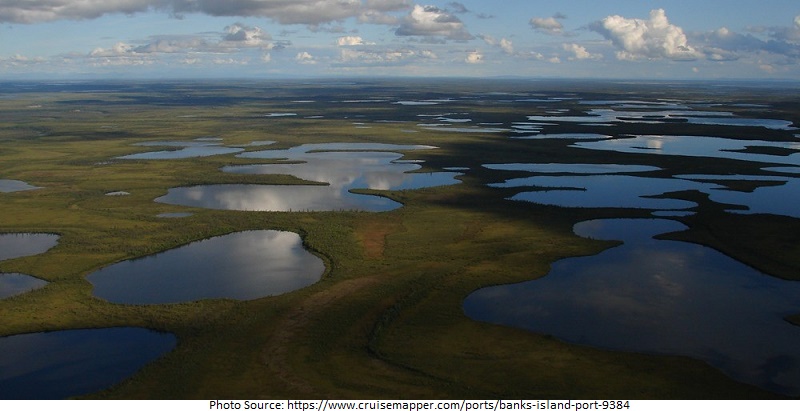
This Island contains lush tundra vegetation, abode to plenty of animals, specifically the more than 65,000 musk-oxen (Ovibus moschatus), the biggest community anywhere on earth. The southwestern portion of Banks Island, equal to nearly one-third of the total, is a bird haven. All these natural attraction made this island one of the best tourist attractions in Northwest Territories.
5. Aulavik National Park
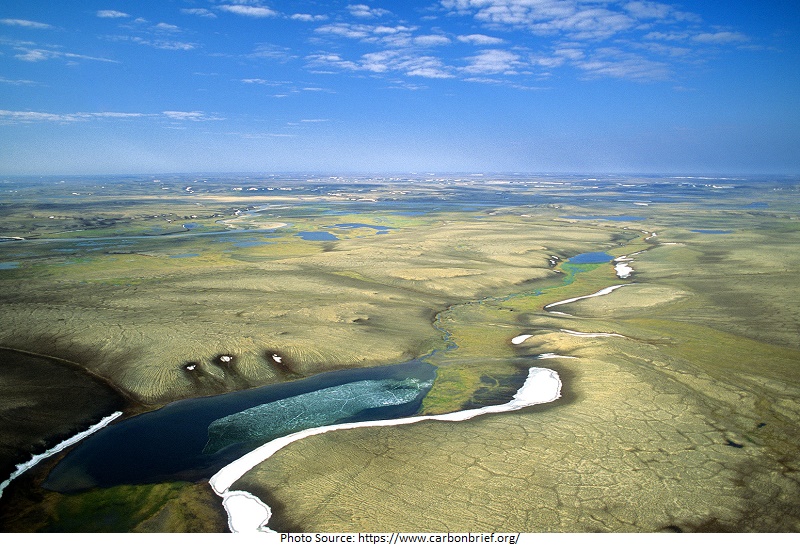
Located in the north of Banks Island, Aulavik National Park is the abode to countless musk-oxen. During the summertime, it is also abode to a big amount of Canada’s snow geese. A totally unspoiled tundra flora is still to be seen in this place and so it’s one of the best tourist attractions in Northwest Territories. This exceptionally distant park enchants daredevil tourists searching for a hike, backpack, or paddle the Thomsen River. There are no services within the park so tourists are anticipated to be accomplished in the outdoors and self-supporting.
Read More 25 Best Tourist Attractions to Visit in Pennsylvania
6. Victoria Island
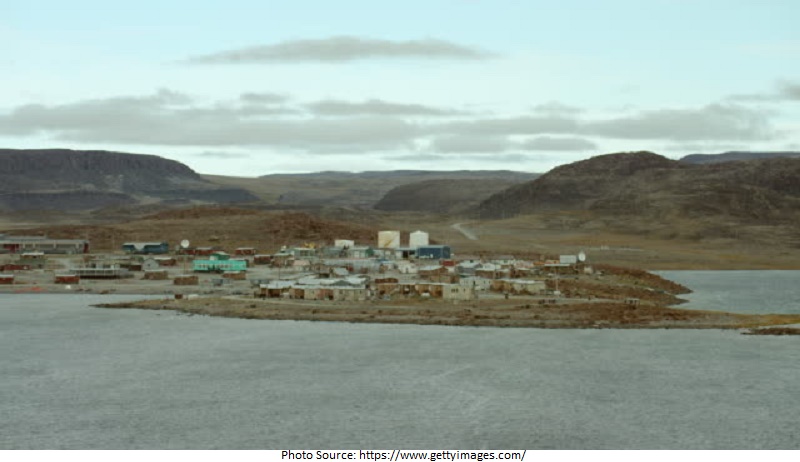
Located straight off the northern shore of mainland Canada, Victoria Island is the third biggest in the Canadian Archipelago and one of the biggest tourist attractions in Northern Territories. It sits well north of the Arctic Circle, where Ice-Age glaciers one time flattened a dull territory of moraines, drumlins, and glacial lakes. The formation of the new Territory of Nunavut in 1999 split the island into two. Canada’s central Arctic area is controlled and contributed from Iqaluktuutiak(Cambridge Bay) on the island’s southeast shore.
Sir John Franklin (1786-1847) found Victoria Island in 1826. European mariners looking for the Northwest Passage, preachers, and fur dealer were among the first to call in at this distant site. Until the 1950s, the Copper Inuit utilized the region largely as a summer camp; “Iqaluktuutiak”, as it was mentioned in Inuktitut, interpreting “nice spot to fish”. Iqaluktuutiak’s key present-day characteristics are its stone-made Catholic Church and current wind-generation plant. The second spot of any importance on Victoria Island is Ulukhaktok (formerly Holman) on the west shore. Situated at the tip of the Diamond Jenness Peninsula, this tiny community is already entirely well prepared for the booming numbers of travelers fascinated to the North. There is even a golf course with scenes of the Beaufort Sea.
7. Mackenzie River
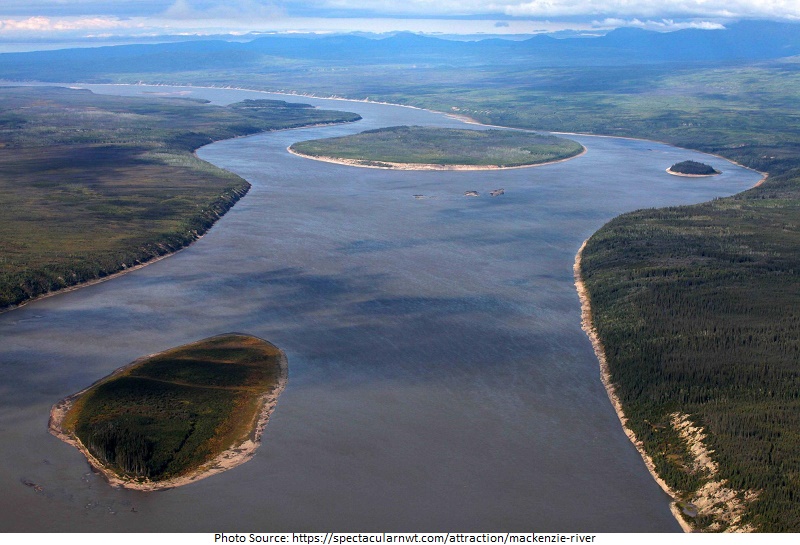
With a length of 4,250 km, the Mackenzie River is the second biggest river in North America and its catchment region stretches over a fifth of Canada. The river was by this time a significant artery for the canoes of the fur deal in the 18th century and is passable now in summer by steamers as far upriver as Fort Smith. The Mackenzie Highways was constructed soon after the Second World War and is an all-weather route extending the 600 kilometers from Peace River in Alberta to Great Slave Lake and the regional epicenter Yellowknife.
8. Great Bear Lake
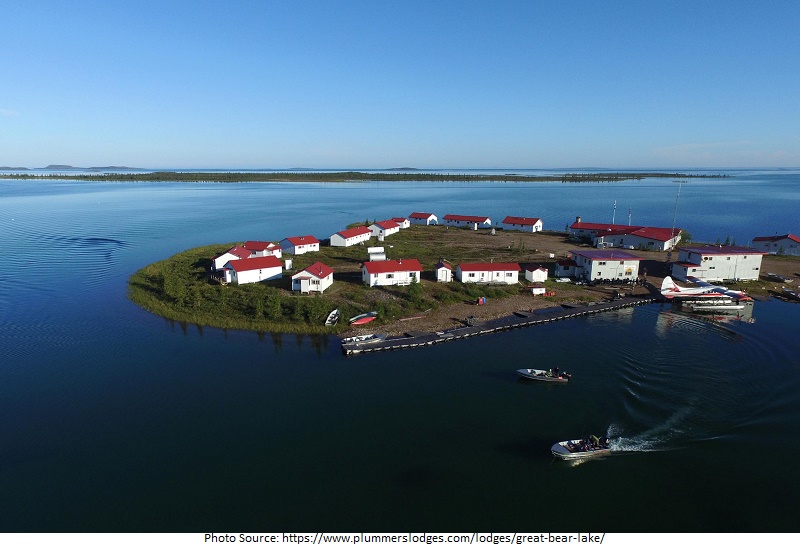
The eighth biggest lake on earth, Great Bear Lake is 240 kilometers long. It is coated with ice for eight months of the year, frequently as late as July. Its Great Bear River runs into the Mackenzie. The coasts of Great Bear Lake are abundant in wildlife. Martens are especially countless. Grizzly bears wander the coasts during the summer, and the pinewoods are the visit of elk in winter. Great Bear Lake has earned more angling evidence than any other lake in North America. It is specifically renowned for its trout, and some of the worlds largest (weighing up to 65 pounds) have been captured in this place incorporating top-weight grayling and whitefish. Arctic char can be seen in the adjacent Tree River. For a fishing trip of Great Bear Lake, take a guide in Fort Franklin, today familiar as Deline.
9. Northwest Passage
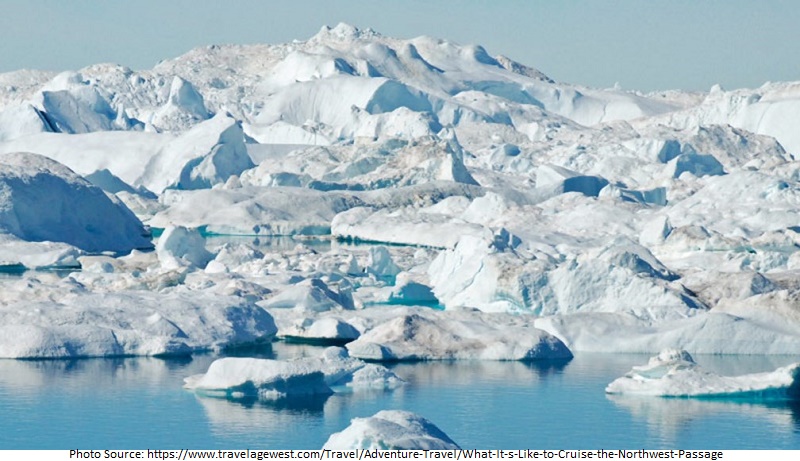
The Northwest Passage offers waterway entry from the Atlantic Ocean through the Arctic to the Pacific Ocean. The search of the passage started in the 16th century and guided to the finding of oil. The exploration for the Northwest Passage started in the 16th century by Dutch and English explorers In 1616, William Baffin reaches as far as Lancaster Sound, but since he decided that the Northwest Passage just did not subsist, there was no more search for another 200 years. It was 1818 before John Ross recommenced the exploration at the head of an English voyage. In 1829, he found the magnetic north pole on the Boothia-Felix Peninsula. The ill-fated journey of John Franklin followed in 1845. They had prospered in discovering the maximum of the Arctic shore of North America. McClure was the first, in 1850 to 1853, to be capable to discover the passage on foot, appearing over the iced up channel from the west. But the first man to ultimately manage to navigate the Northwest Passage from east to west was basically Ronald Amundsen, the Norwegian polar navigator in 1900-03.
Read More 25 Best Tourist Attractions to Visit in Kansas
10.Inuvik
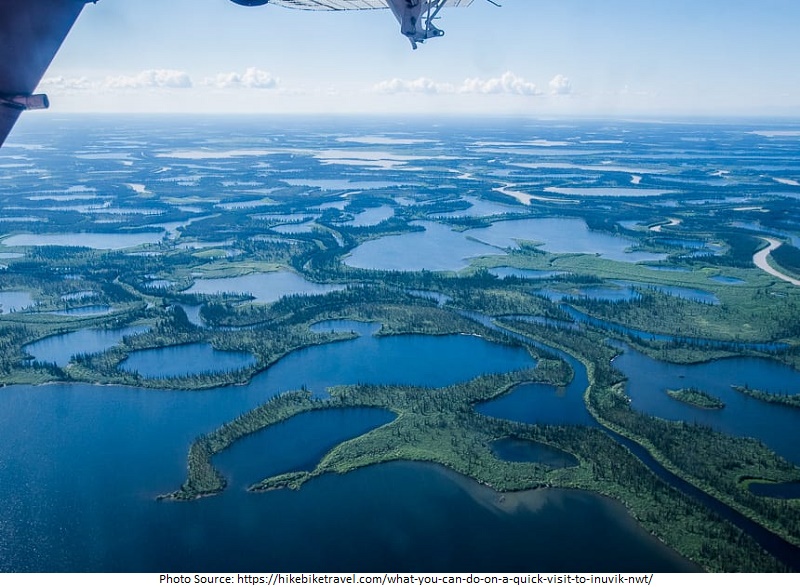
“Place of Man” is the interpretation of Inuvik, a present-day accommodation in the Arctic Circle and on the Mackenzie River. Established between 1955 and 1961, during the oil and gas survey, it moved Aklavik, which was vulnerable to flooding. Now, Inuvik is the commercial, governmental, and supply center for the western Arctic. It has an airport, some schools, and a hospital. From this place, the supply planes depart for the survey bases in the distant north (Mackenzie Delta, Beaufort Sea). Sightseeing planes over the Arctic also depart from this place. Our Lady of Victory Roman Catholic Church, with its unique igloo shape, has become a significant edifice of Inuvik. Tuktut Nogait National Park, to the east of Inuvik, was founded in 1996, bragging about some really enormous arctic rock landscape with stunning ravines and cliffs. Searches made at accurately dozens of archaeological spots within the reservation region display that this present day unwelcoming area was populated thousands of years before. Entry to the park is by air solely.
11. Hay River
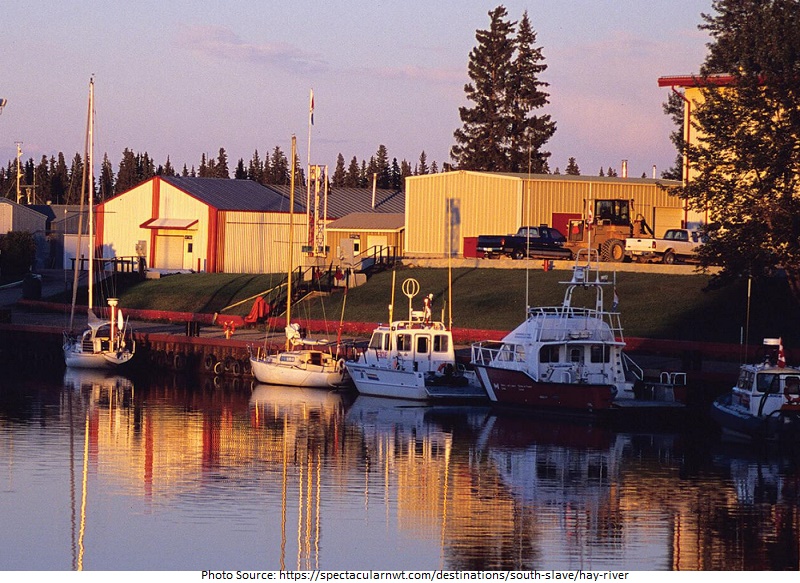
On the southern edge of Great Slave Lake, Hay River is the southernmost harbor on the Mackenzie River System. In this place, freight (largely edifice substances and fuel) scheduled for arrangements along the Mackenzie River and in the Arctic is shifted to lighters. During the four- to five-month summertime, the harbor is filled with lighters, fishing crafts, and coast guard launches. This is also where the fishermen reside; frequently coming back abode with affluent catches from Great Slave Lake, or the Hay and Mackenzie rivers. In the newer region of the city, Diamond Jenness School is a magnificent instance of northern architecture.
12. Great Slave Lake
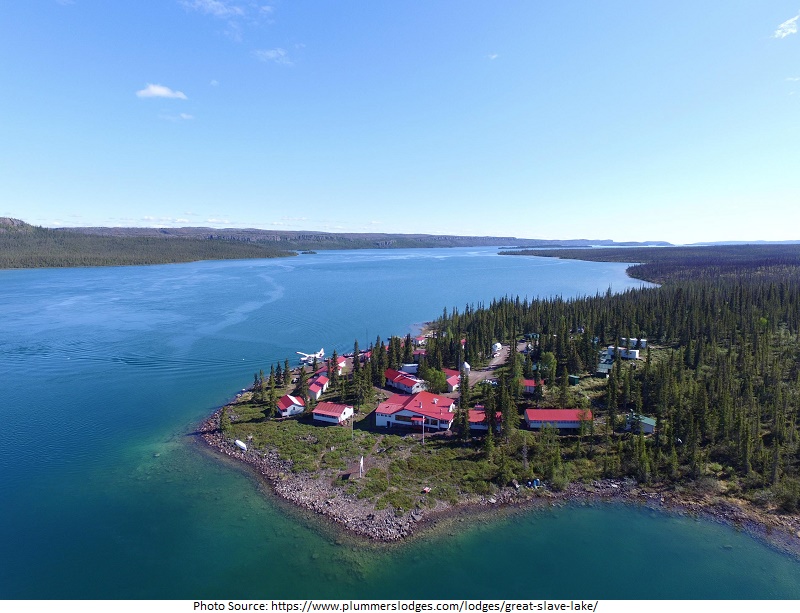
One of the greatest tourist attractions in Northern Territories, this lake is North America’s fifth biggest lake and extends depths of over 600 meters. Though it’s iced for eight months of the year, it finds much action. During summer house boaters, mariners, and fishermen relish the freshwater. In winter, dog sledders contest on the iced exterior. Plenty of the main groups in the Northwest Territories face the lake, incorporating Yellowknife, Fort Providence, and Hay River.
13. Yellowknife
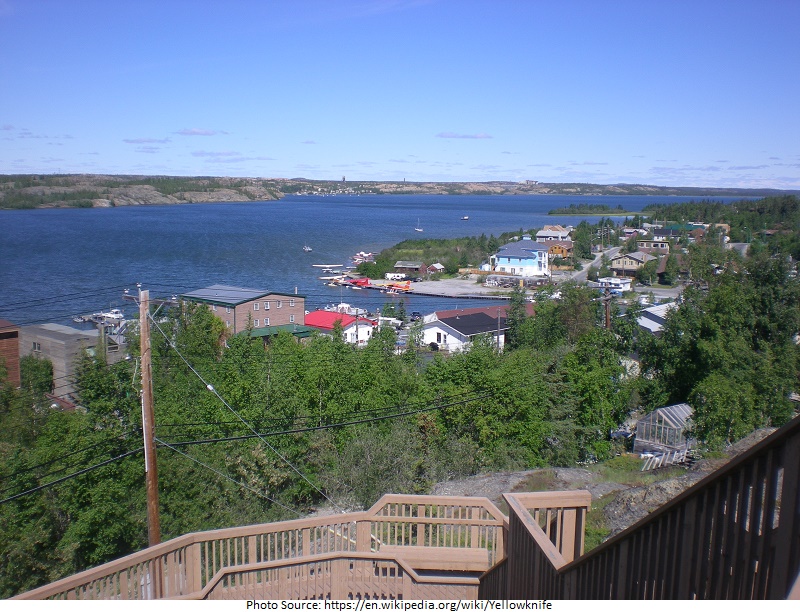
The Northwest Territories epicenter, Yellowknife, flourished around a 1930s gold rush. While a total of the diggers’ tents of Old Town has been moved, there is today a blend of timbered heritage edifices, arts and cultural institutions like the Prince of Wales Northern Heritage Centre, and a bustling community life powered by the mining industry. The boat trips and housecraft of Great Slave Lake is traveler beloved, as are the attractive falls at Hidden Lake Territorial Park and breathtaking Aurora Borealis finding.
14. Wood Buffalo National Park
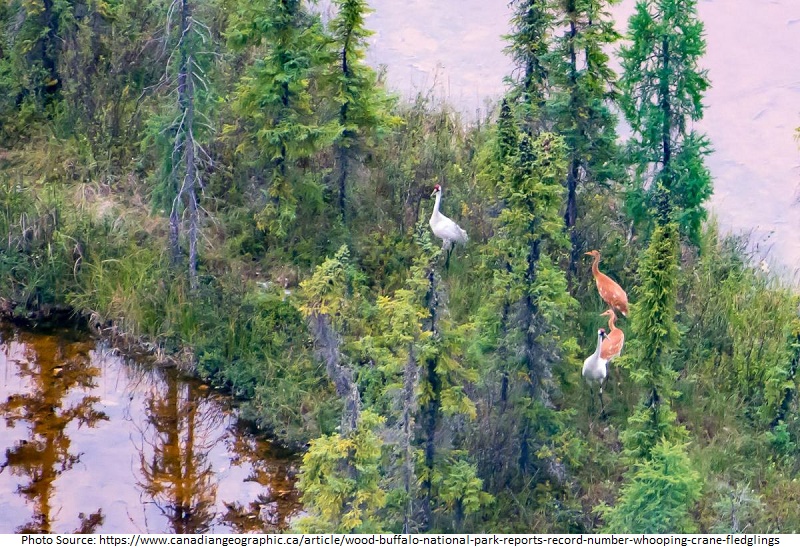
This national park is one of the largest national parks in Canada and surrounds the region of land in both Alberta and the Northwest Territories. The park was basically aimed to defend the packs of wood buffalo that populate the region. It also is a breeding location for exceptionally endangered whooping cranes. One time a fur-dealing post, Fort Smith is a launching spot for visiting the park, and bison are frequently spotted from the highway close to the city.
15. Tuktoyaktuk
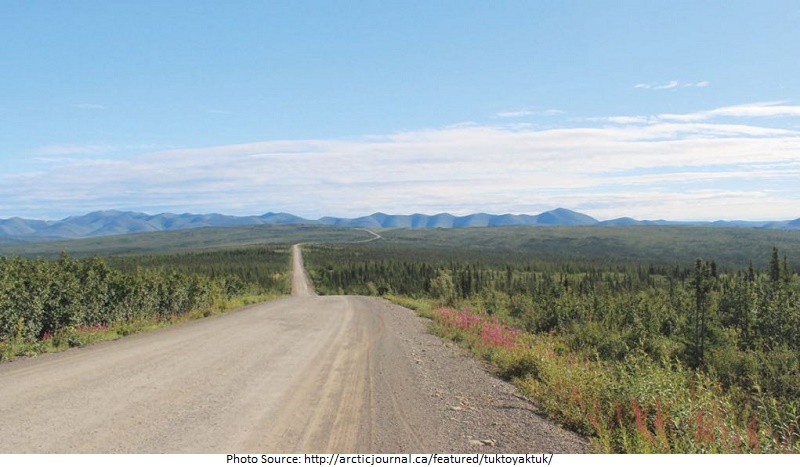
It is an Inuvialuit hamlet situated in the Inuvik Region of the Northwest Territories, Canada, at the northern station of the Inuvik–Tuktoyaktuk Highway. Tuktoyaktuk is one of six Inuvialuit groups in the Inuvialuit Settlement Region. Tuktoyaktuk is often mentioned to just by its first syllable, Tuk, the accommodation sits north of the Arctic Circle on the coasts of the Arctic Ocean, and is the sole accommodation in Canada on the Arctic Ocean that is joined to the rest of Canada by roadway. Previously familiar as Port Brabant, the region was renamed in 1950 and was the first spot in Canada to return to the conventional Indigenous name.
16. Fort Simpson
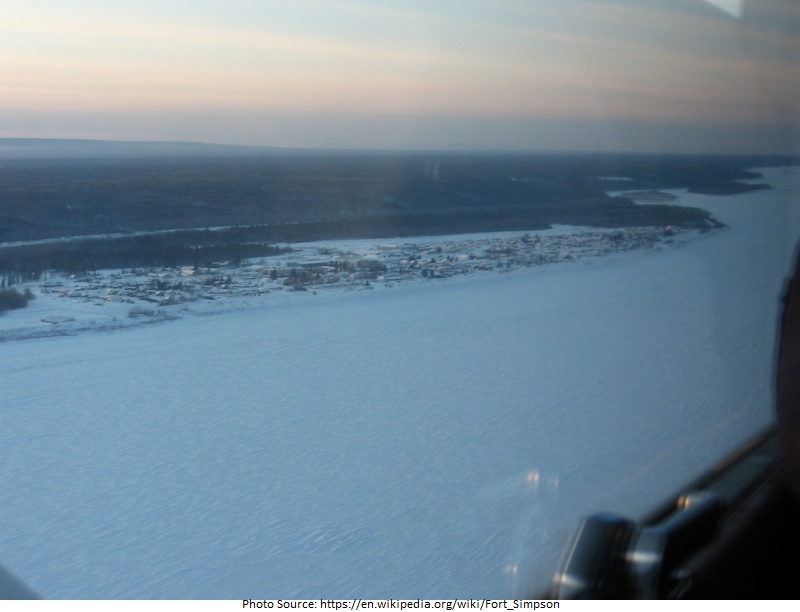
This is a village, the sole one in the whole region, in the Dehcho Region of the Northwest Territories, Canada. The region is situated on an island at the junction of the Mackenzie and Liard Rivers. It is roughly 500 km west of Yellowknife. Both rivers were conventionally business courses for the Hudson’s Bay Company and the local Dene people of the region. Fort Simpson is the native centre of the Dehcho and is the access point to the panoramic South Nahanni River and the Nahanni National Park Reserve.
17. Fort Smith
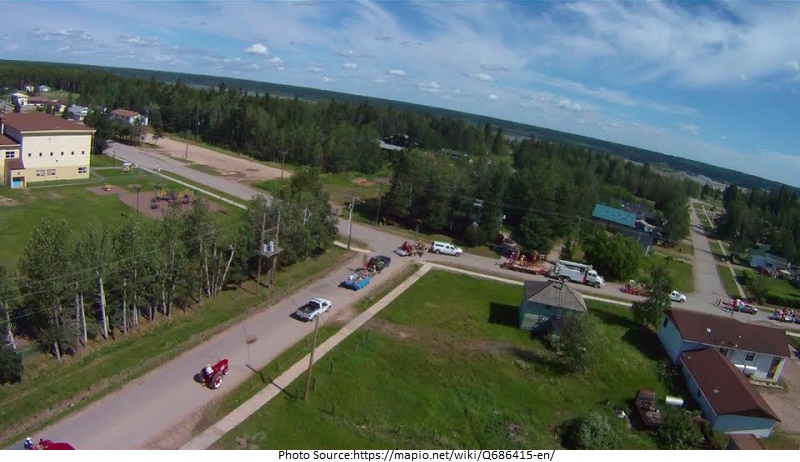
It is a city in the South Slave Region of the Northwest Territories, Canada. It is situated in the southeastern part of the Northwest Territories, on the bank of the Slave River and close to the Northwest Territories/Alberta frontier.
18. Norman Wells
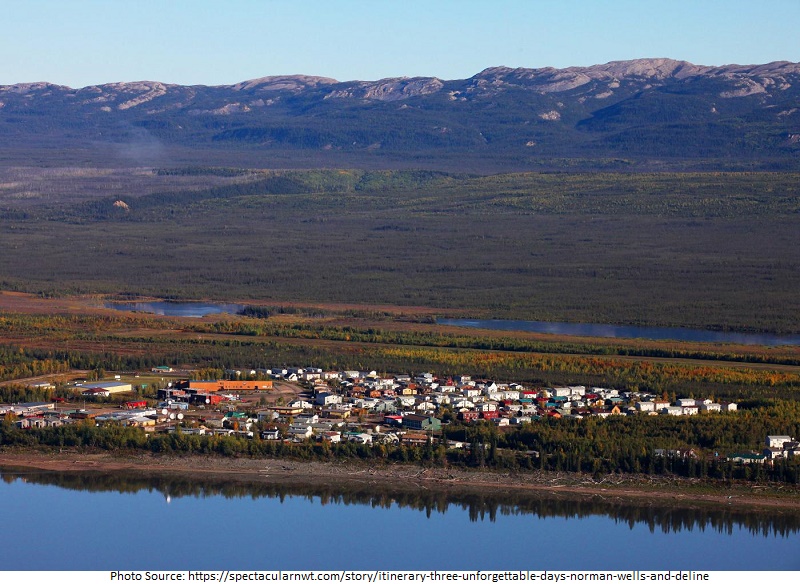
This place is the native center for the Sahtu Area of the Northwest Territories, Canada. The city is located on the north edge of the Mackenzie River and offers a look down the vale of the Franklin and Richardson mountains
19. Fort McPherson

Fort McPherson is a tiny settlement situated in the Inuvik Region of the Northwest Territories, Canada. It is situated on the east edge of the Peel River and is 121 km south of Inuvik on the Dempster Highway. The two main languages used are Gwich’in and English. Actually the location of a Hudson’s Bay Company post the region was called for Murdoch McPherson. The Gwich’in population of Fort McPherson is really friendly to outsiders and makes a special effort to welcome them. Most people have transports and frequently make tours to either Inuvik or Whitehorse, Yukon.
Read More 25 Best Tourist Attractions to Visit in Missouri
20. Fort Providence
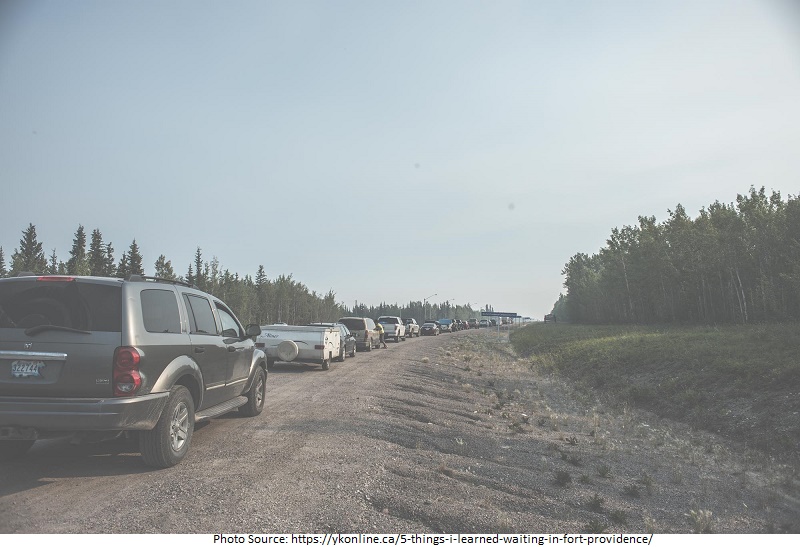
A wonderful tourist attractions in Northwest Territories,Fort Providence is a little community in the South Slave Region. Situated west of Great Slave Lake, it has roads suitable for all types of weather and the Deh Cho Bridge inaugurated November 30, 2012 close to Fort Providence over the Mackenzie. The bridge removes the Ice Bridge and ferry, allowing year-round traversing of the river. Fort Providence is famous for arranging the yearly Mackenzie Days celebrations in August every year.
21. Tuktut Nogait National Park
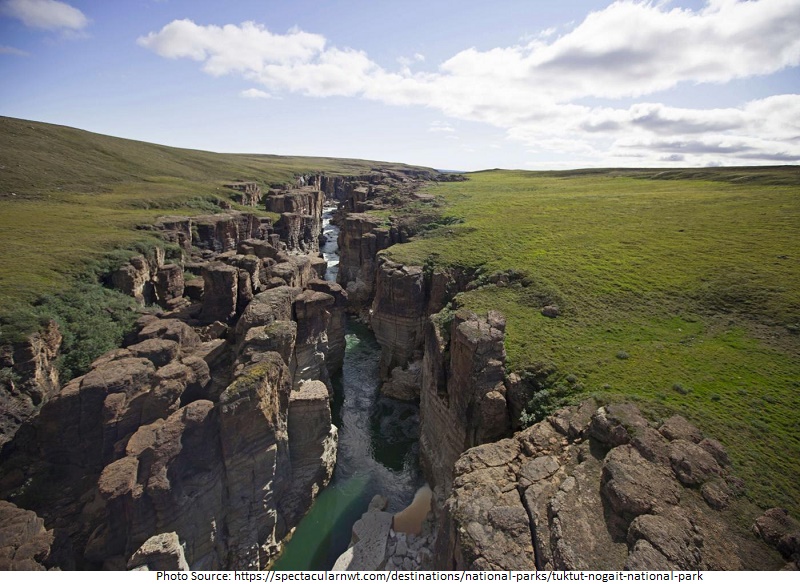
This national park is a national park situated in the Northwest Territories of Canada and was founded in 1998. Interpreting “young caribou” in Inuvialuktun, the park is the abode to the calving terrain of the Bluenose-West caribou flock. It is also the abode to different wildlife species which are muskoxen, grizzly bears, Arctic chars, red foxes, wolverines, Arctic ground squirrels, collared lemmings, and wolves. Tuktut Nogait is a main reproduction and nesting spot for a broad diversity of guest birds. Raptors, for instance, peregrine falcons, rough-legged hawks, gyr falcons and golden eagles make nest along the sheer walls of river ravines.
22. Aklavik
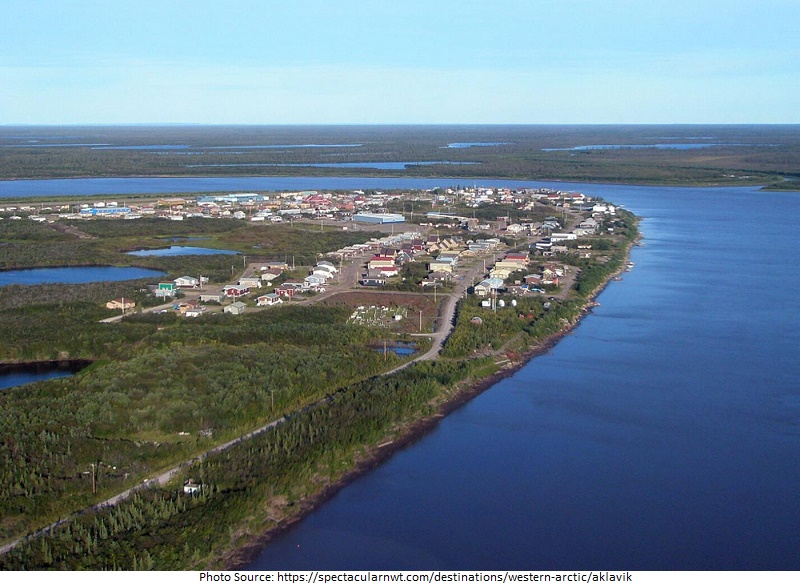
It is a tiny community situated in the Inuvik Area of the Northwest Territories, Canada. Up to 1961, with a community more than 1,500 people, it served as the native administrative hub for the local administration. As many people left this place for its underdevelopment, plenty of inhabitants persisted and saved Aklavik as a community, with a 2016 population of about 600.
23. Ulukhaktok
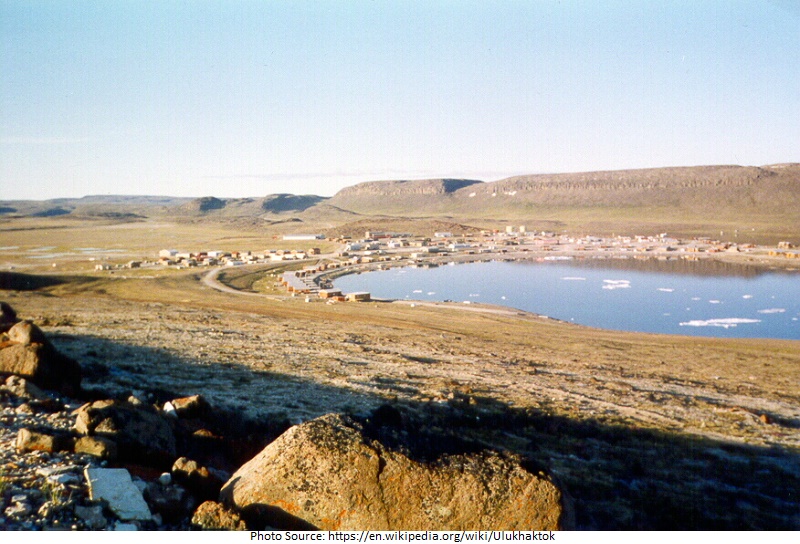
It is a tiny community on the west shore of Victoria Island, in the Inuvik Area of the Northwest Territories, Canada. Like other tiny conventional communities in the regions, hunting, trapping, and fishing are main sources of earnings, but printmaking has taken control over as the prime source of earnings in last year’s. The two main languages in Ulukhaktok are the Kangiryuarmiutun dialect of Inuinnaqtun, which is politically portion of the Inuvialuktun section, and English.
24. Deline
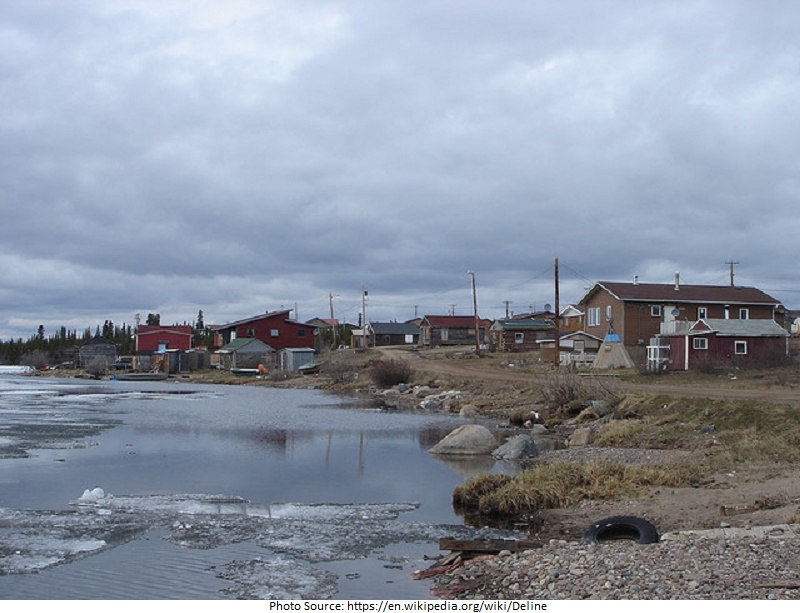
The Charter Community of Délįne is situated in the Sahtu Area of the Northwest Territories, Canada, on the western coast of Great Bear Lake and is 544 km northwest of Yellowknife. Délįne interprets “where the waters run”, a reference to the tributaries of the Great Bear River, Sahtúdé.
25. Tulita
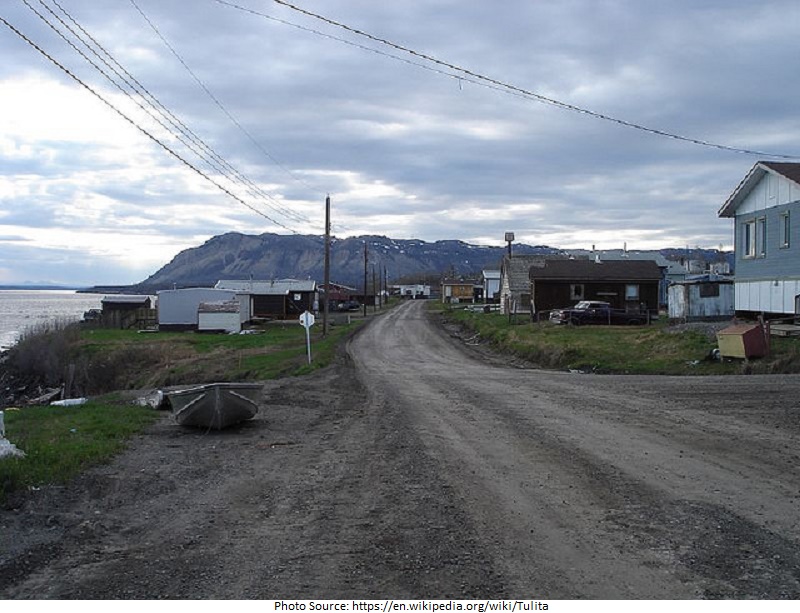
It means in Dene language “where the rivers or waters encounter,”. Tulita is a little community in the Sahtu Area of the Northwest Territories, Canada. It was previously familiar as Fort Norman, til 1 January 1996. It is situated at the meeting place of the Great Bear River and the Mackenzie River; the Bear derived at Great Bear Lake close to Deline. Tulita is in a region that is covered with jungle. Tulita is encompassed by mountains, famous for Dall sheep, and fronts the Mackenzie Mountains to the west, which contains mountain goats.

